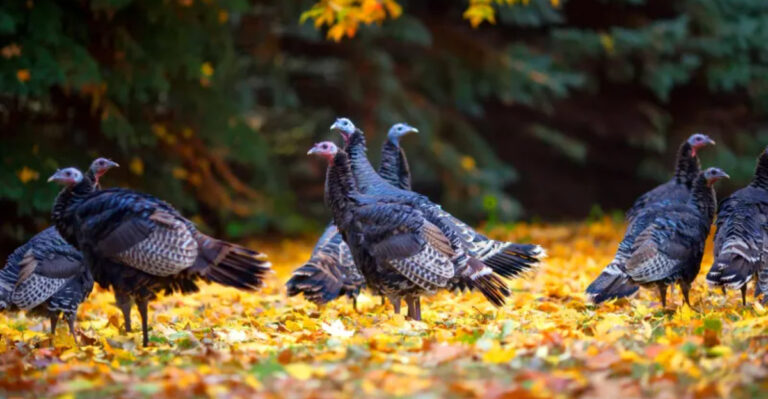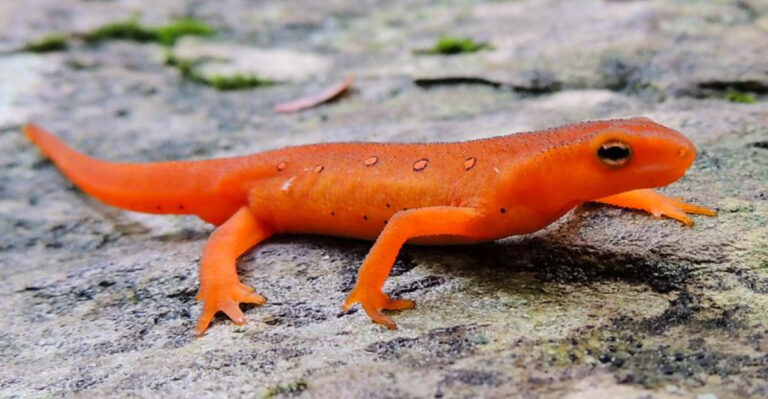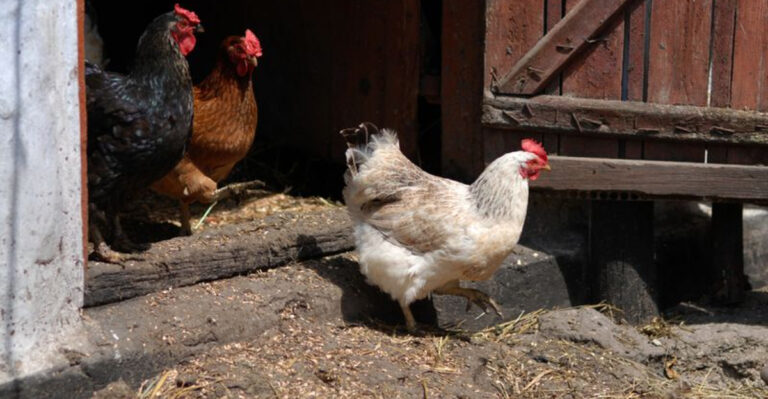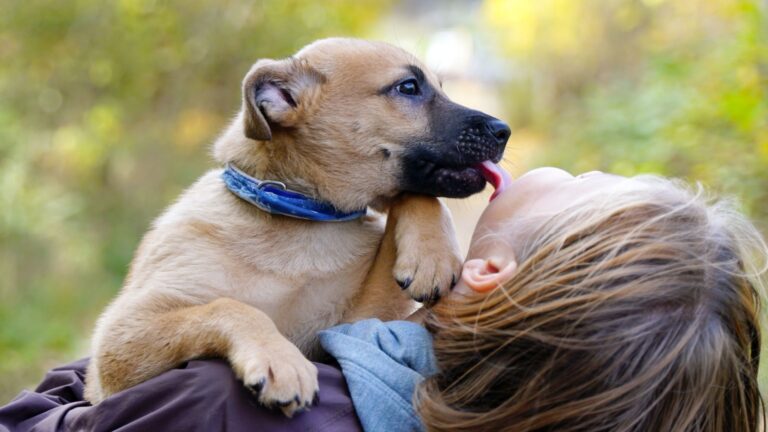13 Wild Species That Handle Stress Better Than Humans

Ever watched how animals deal with life’s challenges? While we humans get frazzled by traffic jams and Wi-Fi outages, wild creatures have developed amazing ways to handle much bigger threats.
From social bonds to physical adaptations, these 13 species have stress-management techniques that put our deep breathing exercises to shame. Their natural coping mechanisms might just teach us a thing or two about keeping cool under pressure.
1. Elephants
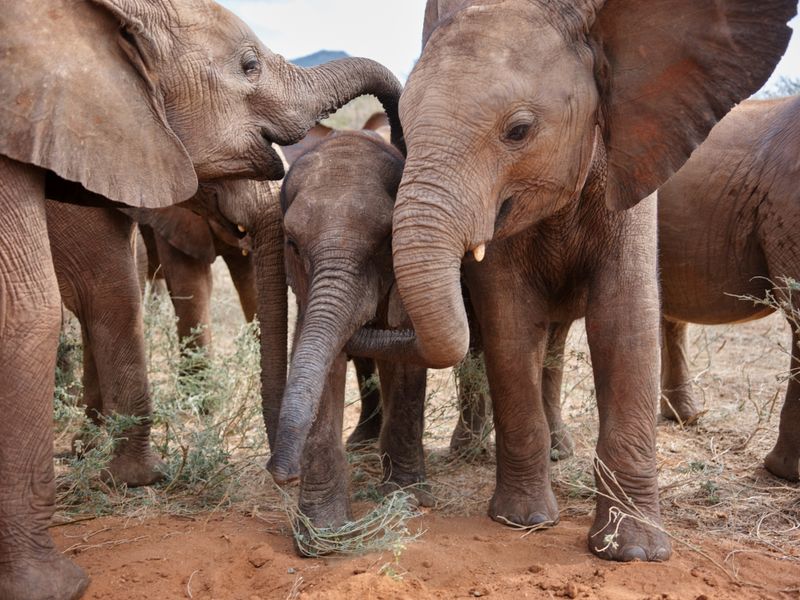
Gentle giants with remarkable emotional intelligence, elephants process trauma through communal support. When facing loss, they gather around grieving herd members, touching them with their trunks in a show of comfort.
They engage in self-soothing behaviors like swaying or trunk-twirling when anxious. These magnificent creatures even hold “funeral” ceremonies, demonstrating their deep emotional processing abilities.
2. Dogs

Your furry friend might get spooked by thunder, but watch how quickly they recover! Dogs naturally reset their emotional state through physical activities like stretching, shaking, or play.
They rely on predictable routines and human connection to maintain balance. A regular walk schedule or mealtime ritual helps them feel secure, even after stressful events.
3. Tortoises
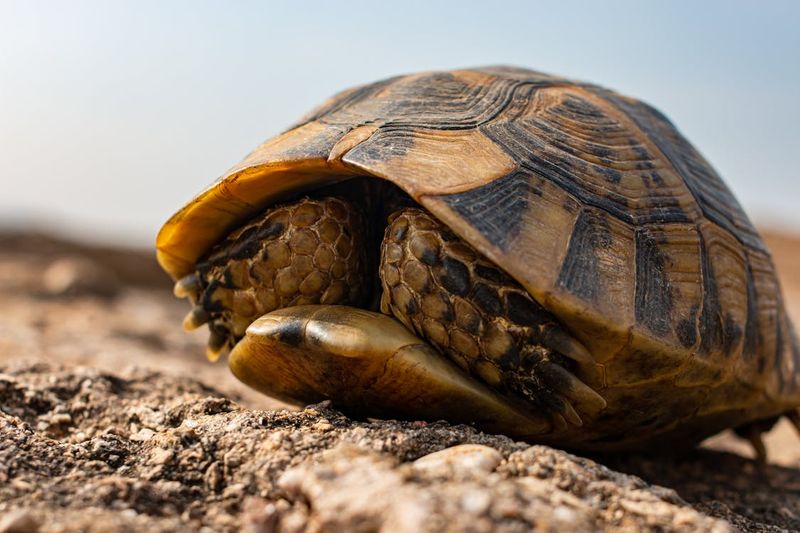
When life gets overwhelming, tortoises simply retreat. Their shells provide an instant safe space – nature’s perfect panic room. This physical barrier allows them to literally disconnect from threats.
They’ve mastered the art of slowing down, with heart rates dropping significantly during stress. Some species can even suspend their breathing temporarily when threatened, demonstrating remarkable physiological control.
4. Dolphins

Faced with challenges, dolphins turn to their pod for support. They maintain complex social networks that provide emotional stability during stressful situations like predator encounters or habitat changes.
Play isn’t just fun for dolphins – it’s therapeutic! They engage in elaborate games that strengthen bonds and develop problem-solving skills. Their whistles and clicks create a communication system that helps coordinate group responses to threats.
5. Chickens

Behind their seemingly simple behavior, chickens maintain sophisticated social structures that manage group anxiety. The pecking order isn’t just about dominance – it creates predictability that reduces stress for the entire flock.
When one chicken spots danger, they emit specific alarm calls that help others respond appropriately without panic. Their dust-bathing rituals serve as natural stress-relievers, combining physical comfort with social bonding.
6. Cats
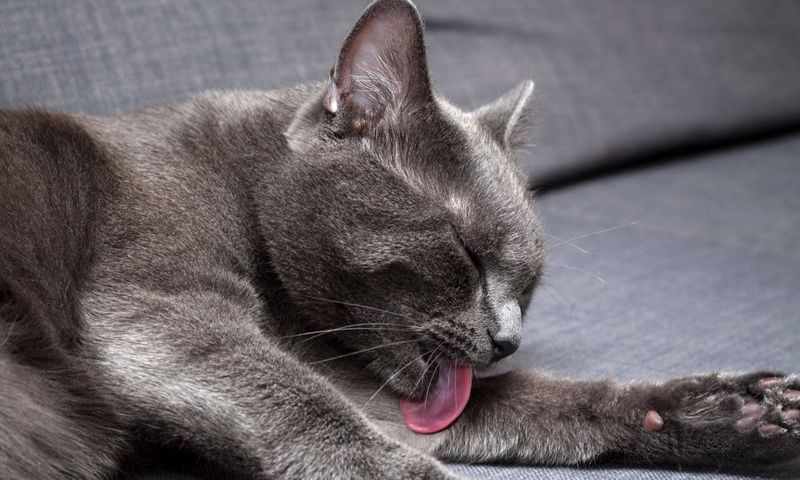
Felines have perfected the art of the strategic retreat. Rather than fighting through stress, cats simply remove themselves from uncomfortable situations and find a quiet corner to reset. Their grooming isn’t just about cleanliness – it’s a self-soothing behavior that releases endorphins.
By maintaining control over their environment through scent marking and establishing safe zones, cats create a world where they can manage anxiety on their own terms.
7. Giraffes
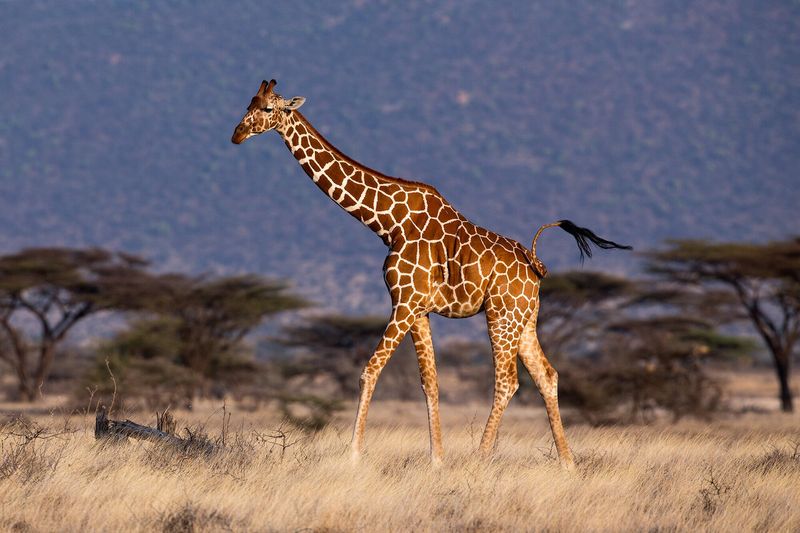
Standing tall has its advantages! Giraffes use their height to spot potential dangers from miles away, giving them ample time to assess threats without immediate panic.
Their elevated perspective allows them to make calculated decisions rather than knee-jerk reactions. When real danger approaches, they don’t waste energy on prolonged stress responses – they simply use their powerful legs to move away at speeds up to 35 mph.
8. Penguins
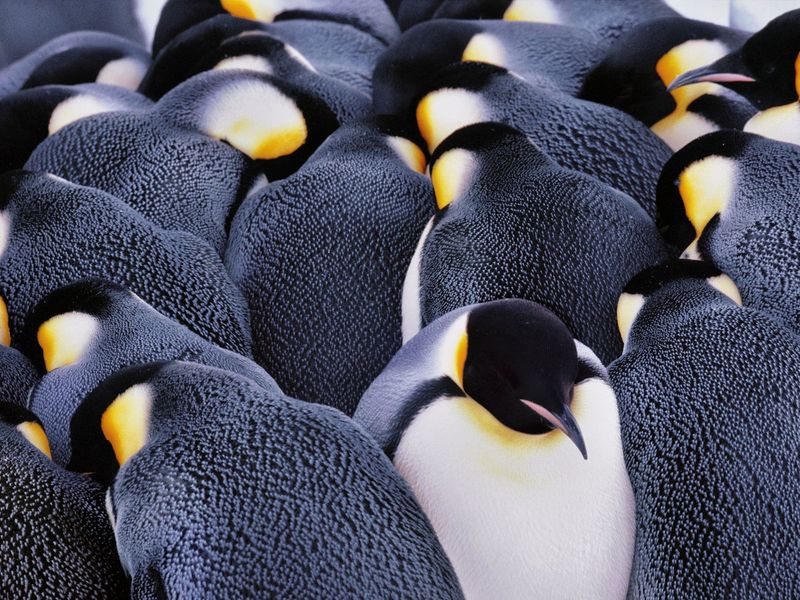
Facing brutal Antarctic conditions would stress anyone out, but penguins have a remarkable solution – they huddle! These gatherings aren’t just for warmth; they’re sophisticated stress-management systems where every bird takes turns on the windward side.
Mated pairs form incredibly strong bonds, reducing anxiety through constant reassurance behaviors. Their vocalizations help maintain these connections even in blinding blizzards when visibility drops to zero.
9. Bees
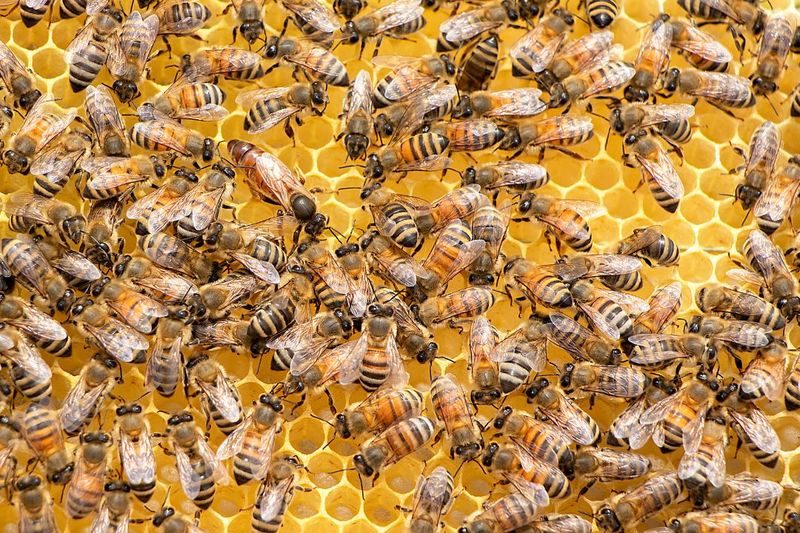
When a threat approaches their hive, bees don’t panic individually – they activate collective defense mechanisms with remarkable coordination. Worker bees seamlessly shift roles based on colony needs, preventing chaos during crises.
Their synchronized wing-beating creates cooling airflow when temperatures rise, showing how they manage environmental stressors. The chemical signals they release during threats don’t trigger panic but instead organize precise defensive responses.
10. Whales

Spanning vast distances during migration helps whales literally leave stressors behind. Rather than getting stuck in one problematic environment, they simply move on. Their deep diving provides a natural escape valve from surface threats.
Pod structures offer consistent social support, with older females often guiding younger members through challenging situations. Their haunting songs maintain connection across miles of ocean, reducing isolation stress.
11. Cheetahs

Unlike humans who might stew in anxiety for days, cheetahs channel stress into brief, explosive action. Their bodies are designed for short bursts of intense activity followed by complete recovery. After a chase – successful or not – they quickly return to baseline.
This natural stress-reset system prevents the chronic anxiety humans often experience. Their purring serves as a self-soothing mechanism, physically relaxing tense muscles after high-intensity moments.
12. Baboons

Baboon troops operate with clear social rules that minimize uncertainty – a major source of stress for humans. Their grooming rituals aren’t just for hygiene; they’re sophisticated stress-reduction techniques that lower heart rates and release endorphins.
When conflicts arise, they’re typically resolved quickly through established signals rather than prolonged tension. Young baboons learn stress management by watching adults navigate social challenges, developing resilience through observation.
13. Kangaroos
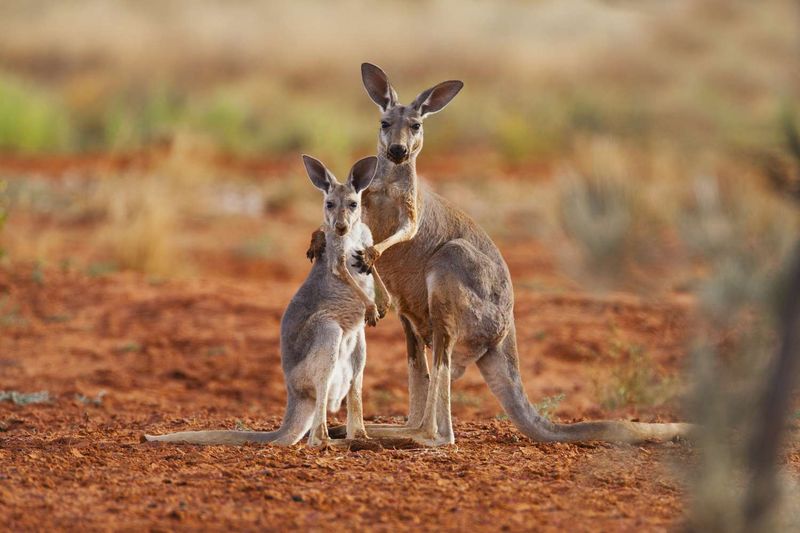
When danger approaches, kangaroos don’t overthink their options – they simply bound away at speeds up to 40 mph. Their powerful legs provide an immediate stress solution: physical distance from threats.
Female kangaroos carry emergency escape pouches for their joeys, eliminating the parental stress of protecting offspring during flight. Their mob structure provides additional security through shared vigilance, with multiple sets of eyes watching for danger.

